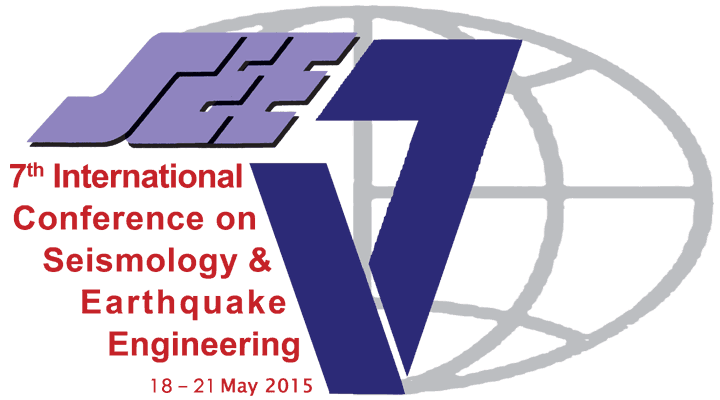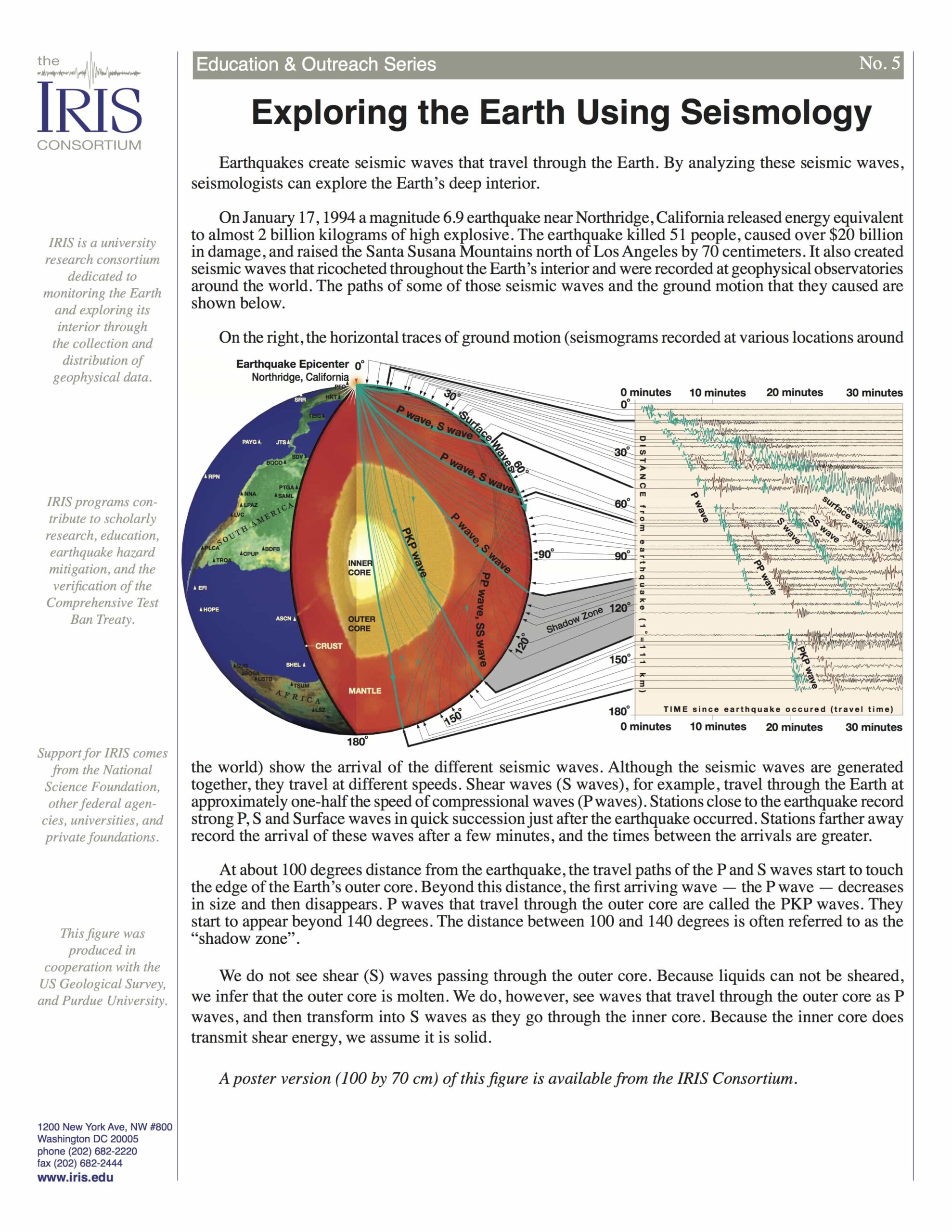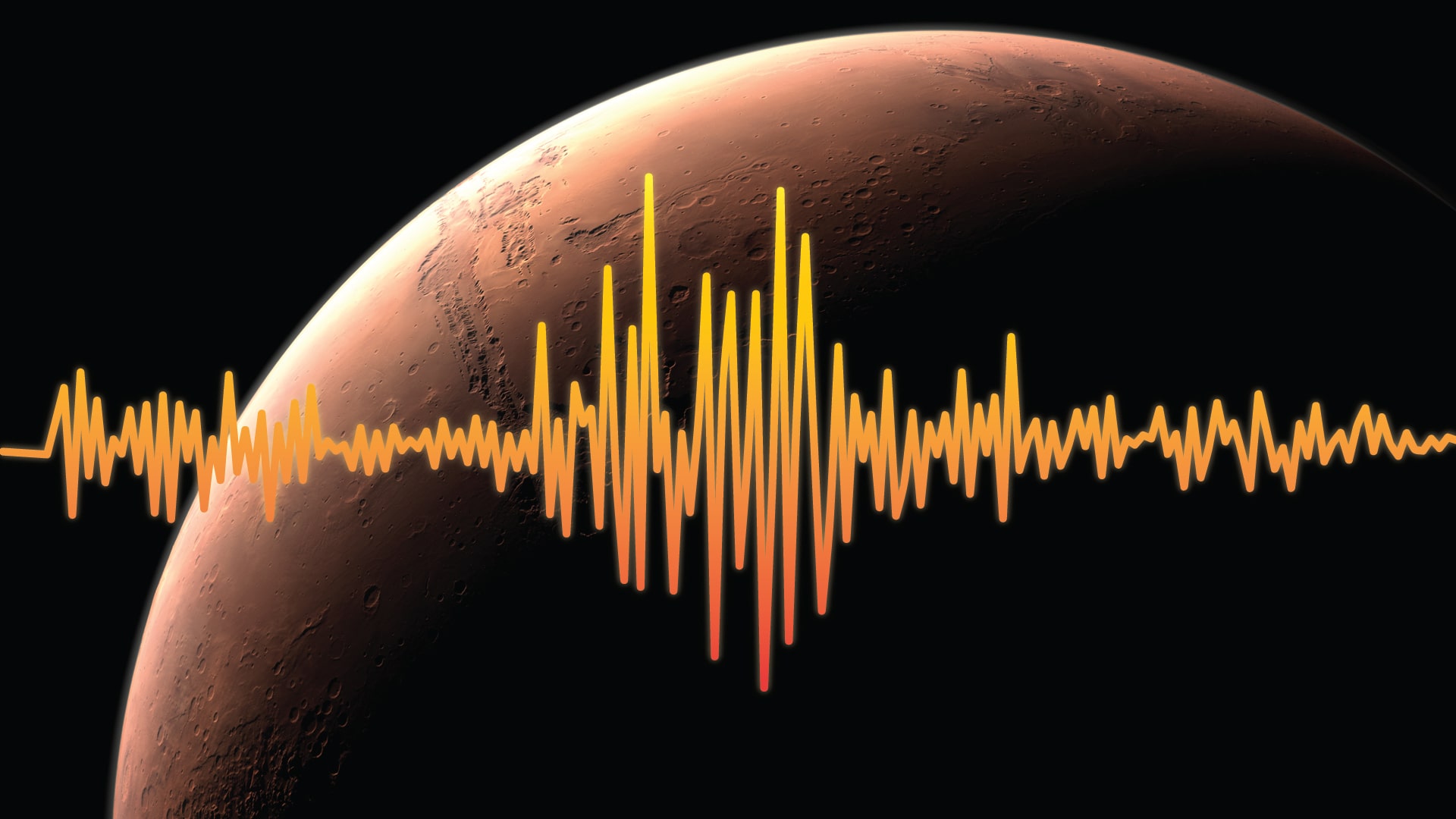7th International Conference on Seismology and Earthquake Engineering
International Institute of Earthquake Engineering and Seismology (IIEES)
Dear Respected Colleagues
On behalf of the Iranian Ministry of Science, Research and Technology (MSRT) and the International Institute of Earthquake Engineering and Seismology (IIEES), it is our great pleasure to invite you to the “7th International Conference of Seismology and Earthquake Engineering (SEE7)” to be held in Tehran, Iran during the third week of May 2015.
During the last decade, the world has experienced many destructive earthquakes in Haiti, Iran, Indonesia, Japan, Pakistan, and Turkey which have affected human lives and properties. One of the most outstanding points in recent events was the damages imposed by earthquakes to urban fabrics. Therefore, the main theme of this conference is selected as “Earthquake Risk Reduction in Vulnerable Urban Fabrics”, in order to highlight the necessity for further researchers in these areas.
Engineers, geologists, seismologists, disaster management practitioners and academics, public and private contractors, researchers and scientists of succeeding younger generations, and all those involved with areas related to seismology, earthquake engineering and disaster risk management are welcome to attend the conference and share their recent experiences and knowledge. We look forward to welcoming you in Tehran, Iran in May 2015. We hope this conference promises unforgettable experiences and makes one of the most successful and memorable events for you.

7th International Conference of Seismology and Earthquake Engineering (SEE7)
International Institute of Earthquake Engineering and Seismology (IIEES)
International Conferences on Seismology and Earthquake Engineering (SEE), as one of the most important scientific events in relevant fields, provide an opportunity for researchers, practitioners, and students to share the latest knowledge and techniques for understanding and mitigating the effects of earthquakes.
Up to now, the International Institute of Earthquake Engineering and Seismology (IIEES) has organized 6 SEE conferences successfully. However, since the last SEE conference in 2011 (SEE6), the world has experienced several destructive earthquakes which claimed thousands of lives and caused great damage and losses.
These earthquakes and the diversity of the related fields caused more challenges and initiate more applied and scientific research with the necessity of presenting new solutions and introducing innovative methods for decreasing such risks. In this regard, the Seventh Conference of Seismology and Earthquake Engineering (SEE7) aims to provide a unique environment to develop synergy between participants from around the world.
This conference brings together professionals from a broad range of disciplines to discuss, share and exchange their latest achievements and state of art. Furthermore, several workshops and special sessions will be organized along with the conference; therefore the participants may benefit from their interesting subjects in seismology, earthquake engineering, and disaster risk management in more detail.

Exploring the Earth Using Seismology
Earthquakes create seismic waves that travel through the Earth. By analyzing these seismic waves, seismologists can explore the Earth’s deep interior. This fact sheet uses data from the 1994 magnitude 6.9 earthquakes near Northridge, California to illustrate both this process and Earth’s interior structure. The cutaway of Earth on the left shows the paths seismic waves traveled following the quake. The ground motion caused by the seismic waves is shown at the right (seismograms recorded at various locations around the world).
NOTE: Out of Stock; self-printing only.
Key points:
Seismic waves propagate outwards from an earthquake in all directions.
Seismologists use the recordings of the ground motion caused by these waves to explore the Earth’s deep interior.
We do not see shear (S) waves passing through the outer core. Because liquids can not be sheared, we infer that the outer core is molten.
We do, however, see S waves as they go through the inner core. Because the inner core transmits shear energy, we assume it is solid.
Requesting Fact Sheets:
Names of item(s) you are requesting along with respective quantities. Please list posters and one-pagers on separate lines.
Full mailing address, including phone number, where the materials should be sent.
Indicate what purpose the materials will be serving.
Date materials are needed by (if applicable).
PLEASE NOTE: Time-sensitive requests must be sent at least three weeks before the date they are needed. When e-mailing a time-sensitive request, please write “Time-Sensitive Request” in the subject line.

By Best Computer Science Degree Staff
